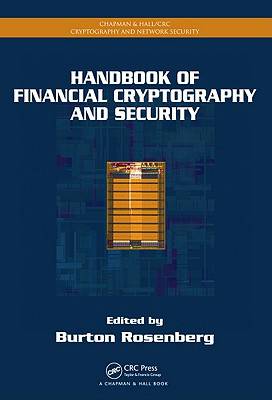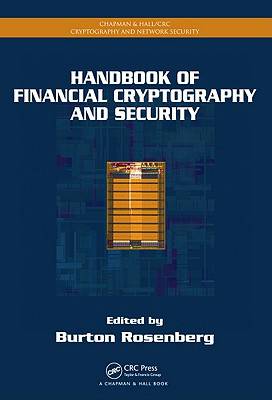
- Afhalen na 1 uur in een winkel met voorraad
- Gratis thuislevering in België vanaf € 30
- Ruim aanbod met 7 miljoen producten
- Afhalen na 1 uur in een winkel met voorraad
- Gratis thuislevering in België vanaf € 30
- Ruim aanbod met 7 miljoen producten
Handbook of Financial Cryptography and Security
Omschrijving
This useful handbook elucidates the theory and techniques of cryptography and illustrates how to establish and maintain security under the framework of financial cryptography. It applies various cryptographic techniques to auctions, electronic voting, micropayment systems, digital rights, financial portfolios, routing networks, and more. The book describes systems that work together to protect value or enable transactions; presents theories and technologies dealing with trust, risk, and privacy that establish the global identity of objects and users; and explores how human factors, law, and regulations are crucial to the successful deployment of financial cryptography.
Specificaties
Betrokkenen
- Uitgeverij:
Inhoud
- Aantal bladzijden:
- 632
- Taal:
- Engels
- Reeks:
- Reeksnummer:
- nr. 4
Eigenschappen
- Productcode (EAN):
- 9781420059816
- Verschijningsdatum:
- 22/07/2010
- Uitvoering:
- Hardcover
- Formaat:
- Genaaid
- Afmetingen:
- 186 mm x 258 mm
- Gewicht:
- 1274 g

Alleen bij Standaard Boekhandel
Beoordelingen
We publiceren alleen reviews die voldoen aan de voorwaarden voor reviews. Bekijk onze voorwaarden voor reviews.








